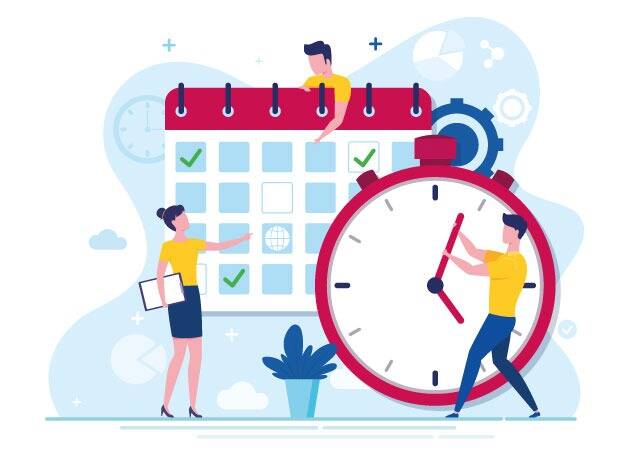Access Control
2023-01-31
The purpose of the access control system is to effectively manage user access to designated zones, at a specific time and under individually defined conditions. This system is used not only to protect material goods, but above all it increases the level of security and helps to protect people.

Access control has a wide range of applications, which, combined with the ease of implementation, creates an ideal basis for building an effective security system. An important advantage of access control is compatibility with other security systems (CCTV, alarm), thanks to which their integration is not a problem, and joint operation allows for even better solutions.
The most popular form of access control is programming your own authorization code, the so-called PIN code. This is a practical option, but it is relatively easy to get the access code, e.g. from unwanted people, or simply forget it. Another equally common solution is access in the form of a personalized card (keyring). It provides an average degree of protection, but definitely higher than a traditional key. If the card is lost, the administrator can deactivate it in the system and generate a new one if necessary. In a situation where we lose the key, the only option is to replace all the locks. In addition, access cards and keyrings are freely programmable, granting a given group or individual people access to designated rooms or zones. We also have the ability to control and monitor the use of cards.
You can also use a hybrid solution, i.e. two-step user verification. For example, he will first have to apply the card to the reader and then enter the access code
.
The clear leader in access control and at the same time a solution that provides a high level of protection is the biometric reader. It verifies the identity of a person using unique data and characteristics. Unlike cards, tokens or PIN codes, we do not have to remember the password and worry that the item allowing entry will be lost.
There are many types of biometric readers, including: based on: fingerprint recognition, face geometry, iris and retina scan, voice recognition, signature verification, geometry of fingers and hands. All these readers have one thing in common – they are unique and unchanging, in other words practically impossible to forge.
The person managing such an access control system has a database containing information about specific users – unique number, scope of access, presence statistics.
Advanced access controllers, in addition to the face detection function, can also perform automatic temperature measurement, which allows for even more effective control of security in the facility.

An important option is the ability to program the time when the user will be granted access to specific zones. Time schedules is a great solution, for example, when we employ a cleaning company that works at fixed hours. We are able to program cleaning crew cards for a given day of the week, and even the exact time, granting access only to designated rooms. Of course, this can also be used for company employees. Having a fixed schedule, we can program access so that a given employee has the opportunity to enter the premises only during fixed working hours with a small margin. Outside of the designated time, access will be impossible.
Any unauthorized entry attempts will also be recorded in the system, which is often valuable information for the security inspector.
Access control systems can cooperate with alarm systems, which enables both quick blocking of all entrances to the facility and unblocking of each door, e.g. in the event of an alarm or fire hazard.
Access control systems can cooperate with alarm systems, which enables both quick blocking of all entrances to the facility and unblocking of each door, e.g. in the event of an alarm or fire hazard.
Examples of Access Control applications:
- workplaces
- hotels
- shopping malls
- swimming pools, gyms
- hospitals, airports, stations
- public facilities
Access control facilitates working time records
The RCP system (Registration of Working Time) is a tool more and more willingly used by employers. It allows you to precisely determine working time, attendance and generate accurate reports about each employee. This guarantees the accuracy of data and improves the operation of the company thanks to the automation of tasks, including those related to the preparation of attendance sheets for the HR department, needed to calculate salaries. Working time records are possible due to the differentiation of users, regardless of the selected authorization method. It would seem that this system is expensive due to the need to assemble many devices. However, the cost of the T&A system can be relatively low if we do not need extensive functionalities. The basic records of working time can be kept by even one stand-alone device. The basic criterion is the number of employees to be controlled by the system.
We can manage the entire system remotely. Currently, dedicated tools and software for a computer or smartphone are available for virtually every KD device. Saving time and functionality of such a solution definitely speaks in favor of implementing it in your company as soon as possible.

